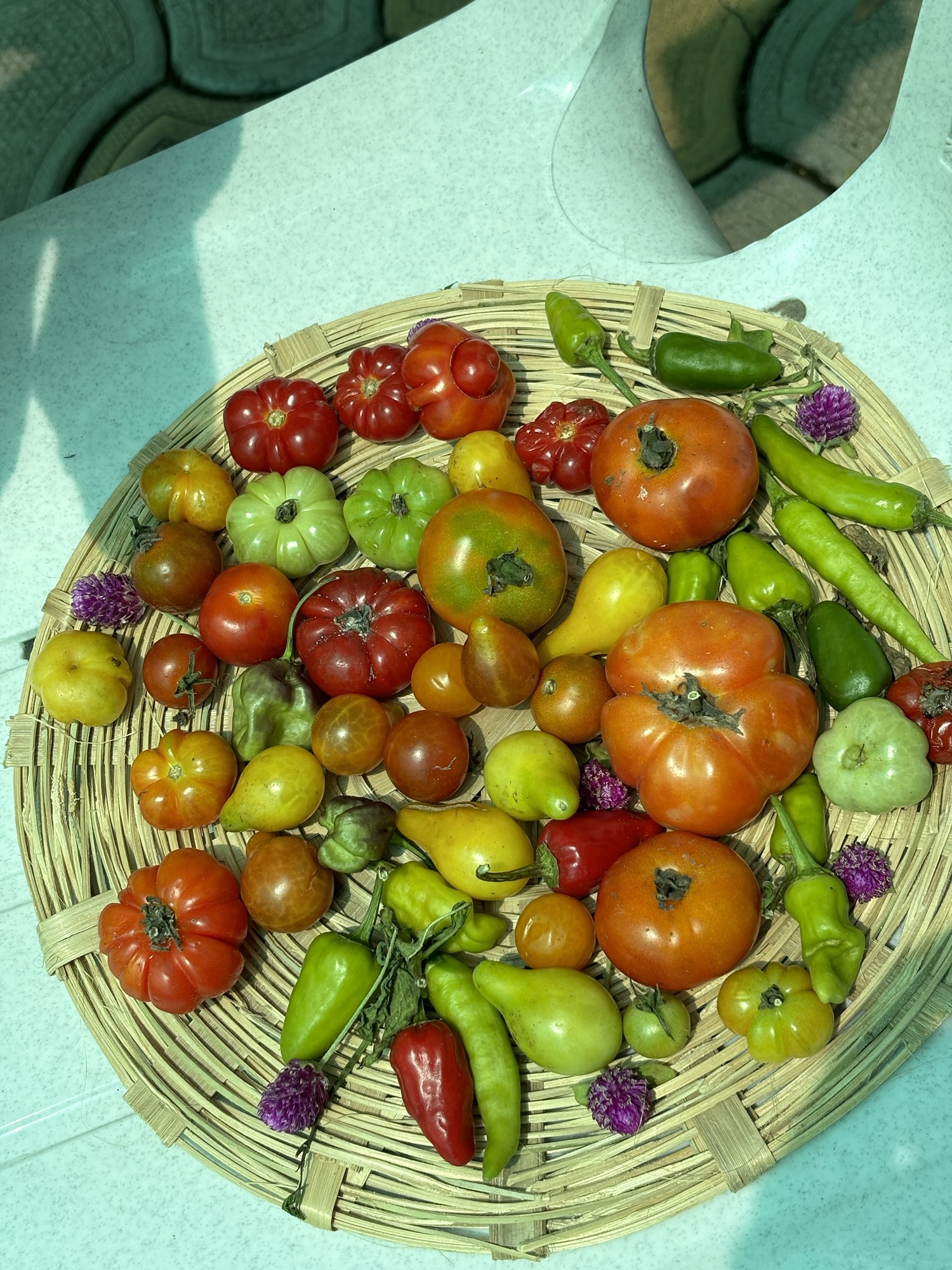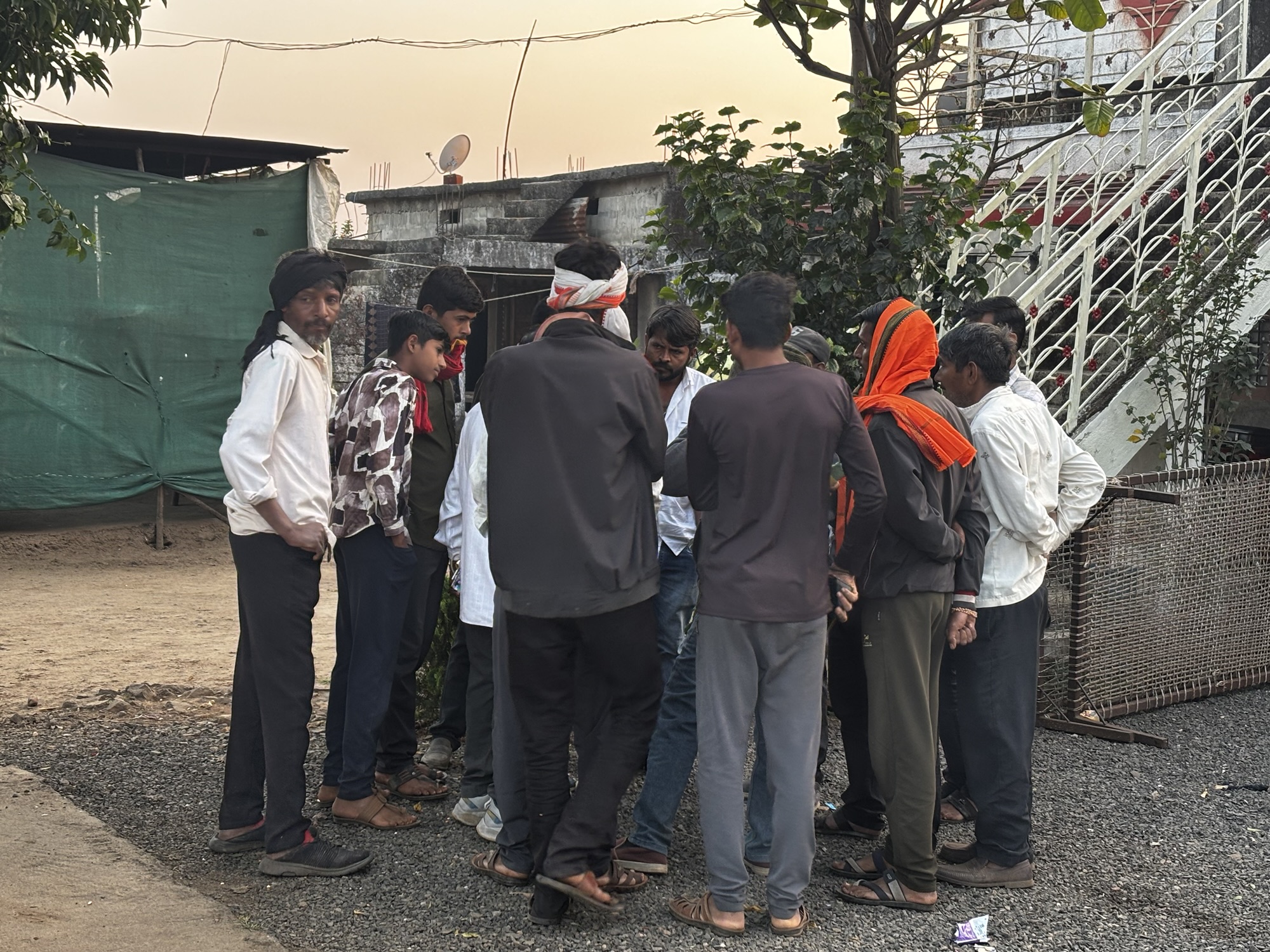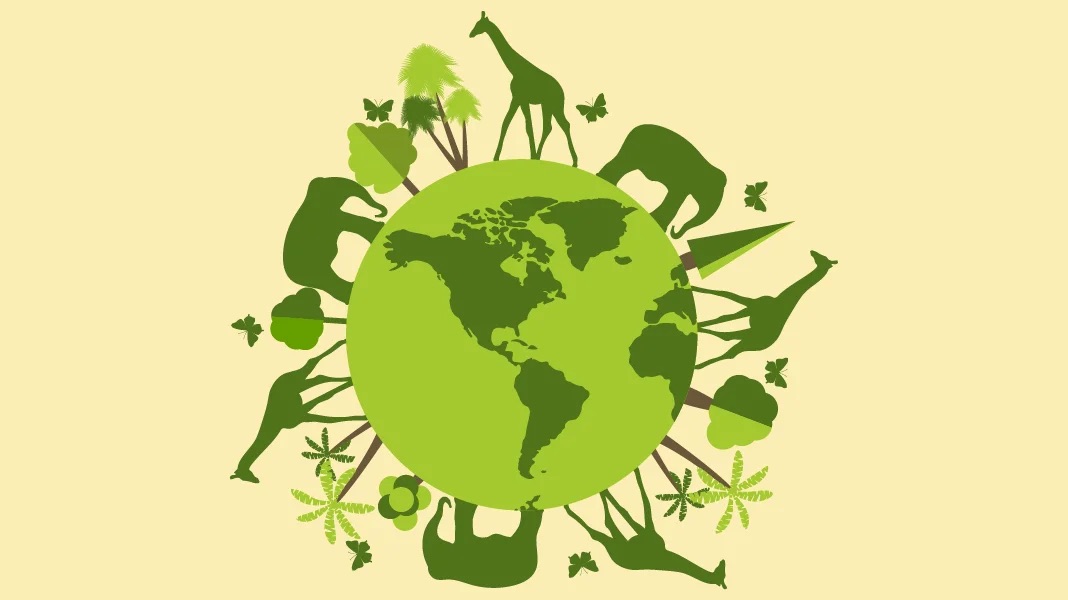The agriculture sector in India has seen a remarkable transformation over the past 12 years. According to a latest report from the National Statistics Office (NSO), the Gross Value Added (GVA) of agriculture and allied sectors has surged by 225%. This increase has raised the GVA from ₹1,502 thousand crore in 2011-12 to ₹4,878 thousand crore in 2023-24. The report was released by the Ministry of Statistics and Programme Implementation and covers data from 2011-12 to 2023-24.
The Gross Value of Output (GVO) from agriculture at constant prices has also seen significant growth. It increased by approximately 54.6%, climbing from ₹1,908 thousand crore in 2011-12 to ₹2,949 thousand crore in 2023-24. This shows that the agricultural sector is becoming more productive and valuable.
Crops are the largest contributors to this growth. In 2023-24, the GVO from crops was ₹1,595 thousand crore, accounting for 54.1% of the total agricultural output. Cereals, fruits, and vegetables together made up 52.5% of the crop output. Among cereals, paddy and wheat are the most significant, contributing about 85% of the total GVO from cereals.
Five states—Uttar Pradesh, Madhya Pradesh, Punjab, Telangana, and Haryana—were key players in this growth, contributing nearly 53% of the cereal GVO in 2023-24. Although Uttar Pradesh’s share slightly decreased from 18.6% in 2011-12 to 17.2% in 2023-24, it remains the leading state.
In the fruit category, bananas have overtaken mangoes for the first time since 2011-12, with GVOs of ₹47 thousand crore and ₹46.1 thousand crore respectively. This shift signifies changing consumer preferences and cultivation trends.
Potatoes have consistently been the top vegetable contributor, with GVO rising from ₹21.3 thousand crore in 2011-12 to ₹37.2 thousand crore in 2023-24. Additionally, floriculture has experienced a boom, with GVO nearly doubling from ₹17.4 thousand crore to ₹28.1 thousand crore, reflecting a growing interest in ornamental plants.
The livestock sector is another highlight in agriculture’s success story. The GVO for livestock products nearly doubled from ₹488 thousand crore in 2011-12 to ₹919 thousand crore in 2023-24. While milk remains a dominant product, its share has decreased slightly from 67.2% to 65.9% over the years. On the other hand, the share of meat products has increased significantly from 19.7% to 24.1%.
Fishing and aquaculture have also gained importance. Their share in agricultural GVA rose from 4.2% in 2011-12 to 7.0% in 2023-24. The dynamics of fish production have changed, with marine fish increasing its share from 42.3% to 49.8%, while inland fish has decreased.
Forestry and logging have shown moderate but steady growth. The GVO here increased from ₹149 thousand crore to ₹227 thousand crore. Notably, the share of industrial wood has surged from 49.9% to 70.2%.
Moreover, Madhya Pradesh has become the top contributor in the condiments and spices category, accounting for 19.2% of the GVO in 2023-24, followed closely by Karnataka and Gujarat.
Overall, this report highlights a significant broadening of India’s agricultural base. The trends indicate rising commercial diversification and state-level specialisations. As policymakers plan for the future, this data will serve as a vital reference for agricultural reforms and export growth. The agricultural sector is not just surviving but thriving, showing promising signs for the future.




